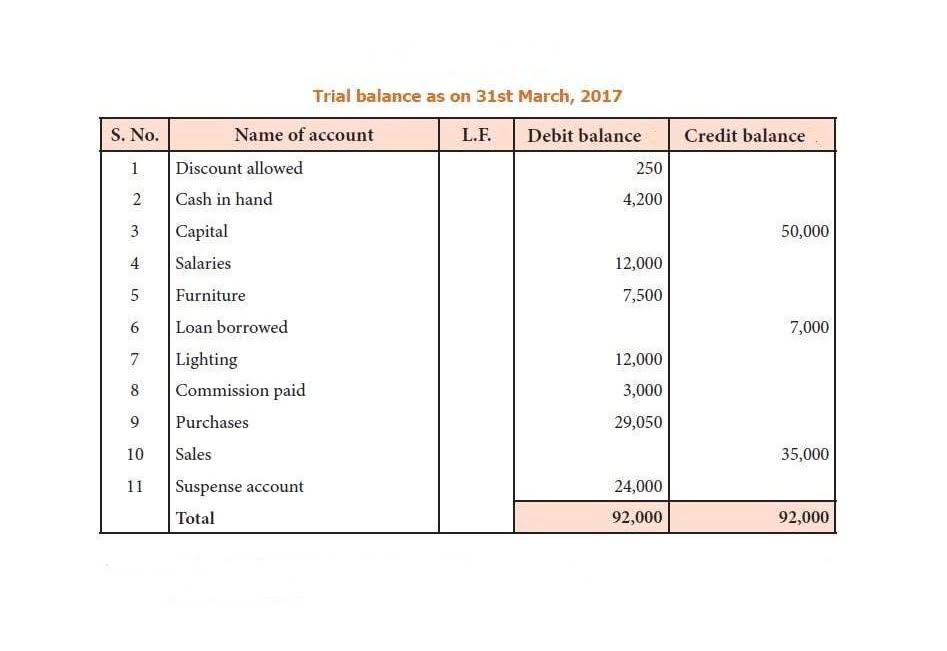
By comprehensively understanding trade discounts, businesses can strategically leverage them to increase market share and enhance their presence in the marketplace. Understanding how to calculate trade discounts is fundamental for businesses to accurately assess their cost savings and pricing strategies. The process typically involves determining the discount rate and applying it to the list price of the goods. For instance, if a supplier offers a 15% trade discount on an item listed at $100, the discount amount would be $15, resulting in a net price of $85. This straightforward calculation allows businesses to quickly evaluate the financial benefits of the discount and make informed purchasing decisions.
- It’s crucial to carefully analyze the terms of the discount agreement to ensure accurate calculations.
- To calculate the trade discount, you need to know the list price of the product or service and the percentage discount offered.
- In the books of the buyer, it is recorded as “Purchase Discount” if the periodic inventory method is used of a deduction to inventory when under the periodic method.
- On the supplier side, offering trade discounts can be a strategic move to secure market share and build long-term customer relationships.
- The cash discount of 20,000 will also be a debit since it is an expense for the business.
Presentation of Trade Discounts

Negotiating trade discounts is an art that requires a deep understanding of market dynamics, supplier relationships, and the specific needs of both parties involved. Effective negotiation can lead to more favorable terms, benefiting both the buyer and the seller. For buyers, the goal is to secure the best possible price without compromising the quality or reliability of the supply.
- One limitation is that trade discounts may not always lead to increased sales.
- However, trade discounts have some limitations, and suppliers and customers should manage them carefully to ensure their effectiveness.
- It is given as a deduction in the list price or retail price of the quantity sold.
- By offering discounts to customers who meet specific criteria, suppliers can create a sense of loyalty and foster long-term relationships.
- The list price, also known as the catalog price, is the original price of the product before any discounts are applied.
Reasons for a Seller to Give a Trade Discount:
- As this discount is deducted before any exchange takes place, it does not form part of the accounting transaction and is not entered into the business’s accounting records.
- This has the side effect of increasing the suppliers’ market share and presence in the marketplace because increasing quantities of their products are being traded.
- This often involves leveraging volume commitments, long-term contracts, or even early payment terms to persuade suppliers to offer better discounts.
- It acts as the very basis for our calculations and understanding of the concept and its related factors.
- However, here is an example demonstrating how a purchase is accounted in case of trade discount.
Trade discounts are calculated based on the agreed percentage or amount off the list price of a product or service. A trade-in allowance is a discount given for returning an old item when buying a new one. It’s a popular method used by businesses, particularly in the automotive and electronics industries, to encourage customers to upgrade to the latest models. This type of discount not only incentivizes repeat business but also helps manage product life cycles. It acts as the very basis for our calculations and understanding of the concept and its related factors. Since a trade discount is deducted before any exchange takes place, it is not part of an accounting transaction that would give rise to a journal entry into the accounting records of an entity.
The Company
The use of trade discounts allows a company to vary the final price based on each customer’s volume or status. By following these practices, suppliers, and customers can maximize the benefits of trade discounts and improve their bottom line. They are offered in various forms, including quantity discounts, seasonal discounts, cash discounts, promotional discounts, and trade-in https://www.bookstime.com/ allowances. One limitation is that trade discounts may not always lead to increased sales. For example, if the customer does not have the financial capacity to purchase in bulk, a quantity discount may not be effective in incentivizing them to buy more. The discount rate refers to the percentage of discount that the seller provides on their products.

Suppose a supplier offers a 10% trade discount on a product with a list price of $100. The trade discount would be $10 (10% of $100), which means the customer would pay $90 for the product. These examples illustrate the diverse nature of trade discounts and the trade discount examples various ways in which they can be structured to achieve specific sales and financial objectives. It’s essential for businesses to strategically implement trade discounts to maximize their impact on sales and profitability.
In simple words, a Trade discount is a discount that is referred to as a discount given by the seller to the buyer at the time of purchase of goods. It is given as a deduction in the list price or retail price of the quantity sold. This discount is usually allowed by the sellers to attract more customers and receive the order in bulk. The company selling the product (and the buyer of the product) will record the transaction at the amount after the trade discount is subtracted.

What is the difference between trade discount and cash discount?
Let’s explore a practical example of how trade discounts might be applied in a real-world scenario. This type of discount helps to ensure profit for all parties involved in the transaction. Trade discounts are an excellent method of reducing expenditures, but it’s essential to guarantee that the quality is on par with your expectations. Let’s assume that 100 keyboards are sold for the list price of 300 each with a trade discount of 10%. It’s important to note that the trade discount is applied before any other calculations, such as taxes or additional discounts.

These conditions could include volume discounts across all products, rebates on specific product ranges, or discounts dependent on purchases of another product range. These conditions play a crucial role in shaping the impact of trade discounts on business transactions and sales strategies. A trade discount is a reduction QuickBooks in the listed price of a product or service, offered by the seller to the buyer. It is commonly used in business-to-business (B2B) transactions as an incentive for buyers to purchase in bulk or to encourage customers to purchase more frequently. The trade discount is typically provided based on the quantity of the purchase or the frequency of orders.




 Round Rugs
Round Rugs  Wool Rugs
Wool Rugs  Vintage Rugs
Vintage Rugs 


 Carpet Tiles
Carpet Tiles  Carpet
Carpet 
 Embossed Rug
Embossed Rug  Plain Rug
Plain Rug 
 2.5'*4'
2.5'*4'  2'*3'
2'*3'  3'*5'
3'*5'  5*7.5
5*7.5 













 Artificial Grass
Artificial Grass  Mats
Mats 
 Soil
Soil  Fertilizer
Fertilizer  Pesticides
Pesticides